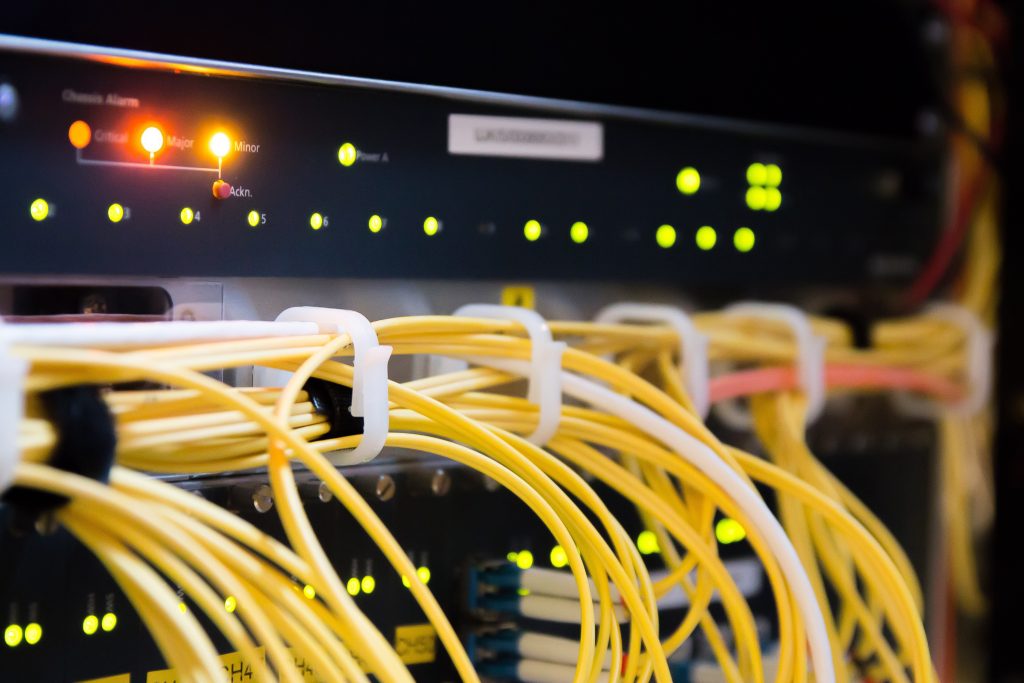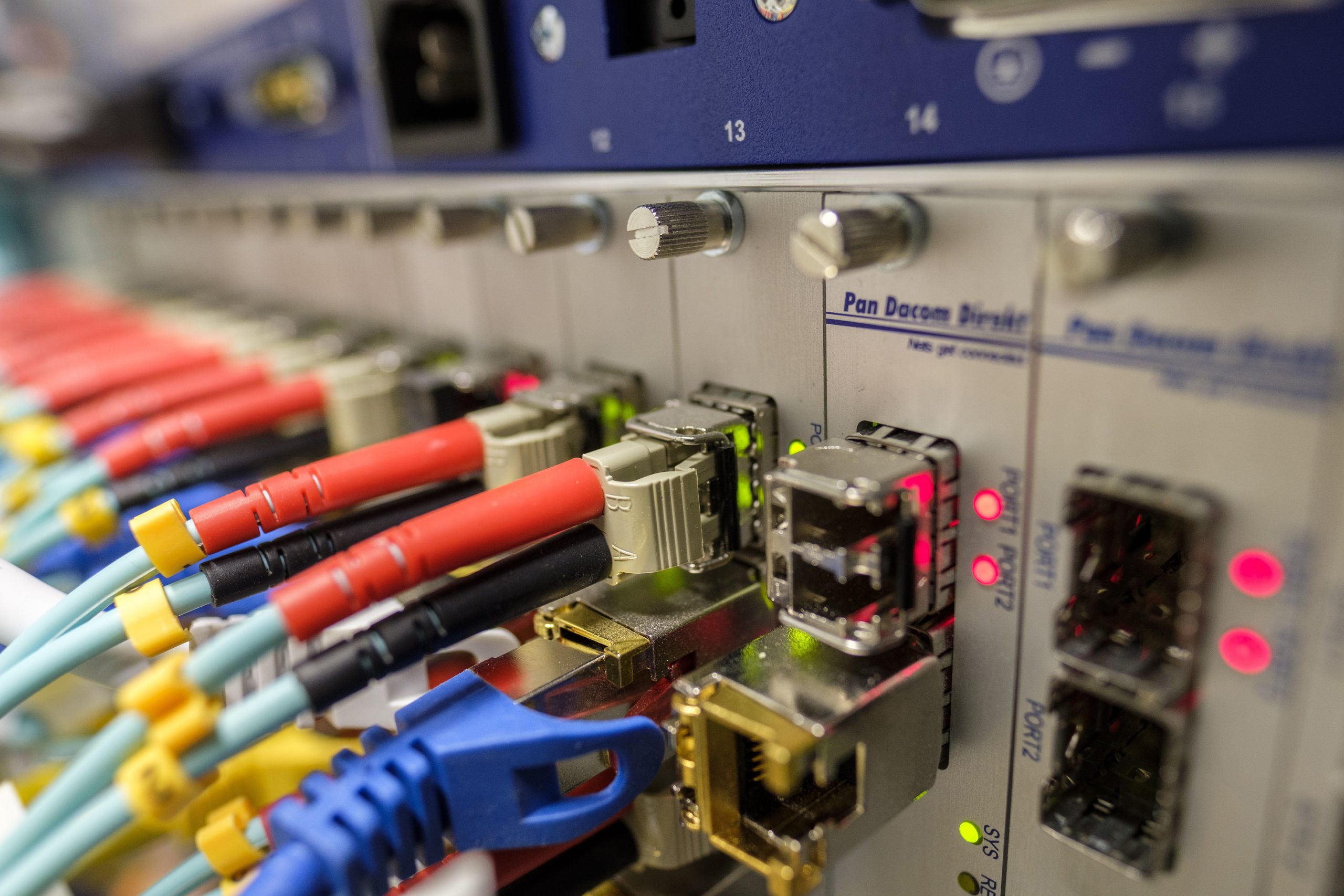The Communications Act of 1934 established the principle that all Americans should have access to communications service, with the government subsidizing uneconomic routes for remote and lower-income communities.
The Universal Service Fund was established in 1997 as the mechanism by which the Federal Communications Commission charged certain business phone users higher fees to subsidize lower-cost service for consumers—including rural consumers. It is funded by an assessment on telecom voice services; you will see it at the bottom of your phone bill.
Back then, most Americans still used landlines for their telephone service and the online revolution was in its early days. Americans mostly interact online now, however. This means that older Americans, who are more likely to keep their landlines, are stuck paying a disproportionate share of contributions toward the USF to pay for supporting broadband services that others use.

In 2011, following the National Broadband Plan’s recommendations in 2009, the FCC created the Connect America Fund to shift away from a voice-centric high-cost program and to prioritize broadband service and funding instead.
As the industry has shifted toward internet-based communication, the contribution base for universal service has dramatically shrunk. Since 2012 the contribution base has declined more than 42%, according to an August 2023 report by the Brattle Group on behalf of INCOMPAS, a trade group that represents internet, streaming, communications, and technology companies.
“Including broadband internet revenues [in the USF contribution pool] is the only feasible solution that can happen quickly and have an immediate positive impact on stabilizing the fund,” according to the Brattle report.
The 2021 Infrastructure Investment and Jobs Act instructed the FCC to study how to update the fee structure of the USF. That report came out in August 2022. Reform of the USF was the No. 1 priority topic as executives of the member companies of the Rural Broadband Association—formerly the National Cable Television Association—recently converged on Washington, D.C. for the NTCA 2023 Telecom Executive Policy Summit.
During the summit, the group announced the launch of its new “Broadband Built to Last” ad campaign, which educates policymakers and the public on “the critical role of the USF in getting and keeping rural consumers connected to high quality, affordable broadband service.” According to the NCTA, which represents more than 850 independent, community-based telecommunications companies, the loss of support for the
USF “would be catastrophic for rural consumers.” “On average, rural consumers could have to pay an additional $100 or more per month for 100 Mbps broadband. And nearly 110,000 rural customers served by these companies alone would lose out on better broadband over the next year.” In a blog post, Shirley Bloomfield, CEO of the NCTA, wrote about the results of a survey of NCTA members, in which “61 of our community-based broadband providers from 27 states shared that they would have to cancel over $290 million in planned broadband construction in 2024—roughly 83% of their planned investment—if USF support went away altogether.
Rural concerns
Additionally, this would also cause them to cancel another $243 million in deployments in 2025, representing about 86% of what they have in planning cycles for that year. NCTA estimates nearly 110,000 rural customers would lose out next year and again in 2025 because of this loss in support. And it’s important to note that these figures are just for these 61 companies. Imagine extrapolating that nationwide.” The FCC administers the fund through the Universal Service Administration Company but has left it up to Congress to make changes to the contribution pool—meaning who pays the assessments. The USF supports qualifying service providers through four programs:
- The Connect America Fund, which serves high-cost areas;
- The Lifeline program, which aids low-income customers by helping to pay for monthly telephone charges so that telephone service is more affordable;
- The E-Rate program, which supports telecommunications services for schools and libraries; and
- The Rural Health Care Support program which allows rural health care providers to pay rates for telecommunications services similar to those of their urban counterparts, making telehealth services affordable. It also subsidizes internet access in those areas.
“There is a lot of excitement around new broadband deployment programs, but the job for rural providers does not end once the last shovel is down,” said Bloomfield. “It continues each and every day as they work to maintain networks and sustain service for their customers. The Universal Service Fund plays a unique role in helping ensure rural Americans can continue to have reliable access to communications services at rates comparable to urban areas. We hope [our] campaign—combined with the strong grassroots advocacy of rural providers—will help educate policymakers and the public on why continued support for the USF is critical to sustain broadband networks built to last.” In May 2023, a Universal Service Fund Working Group was formed in the Senate, chaired by Sens. Ben Ray Luján and John Thune and including Sens. Amy Klobuchar, Shelley Capito, Gary Peters, and Jerry Moran. It has been soliciting comments and proposals on USF reform.
BEAD funding and the EHCT. The USF isn’t the only funding stream for rural broadband, however. Billions of dollars more are available for broadband programs now being implemented by the commission, NTIA, the Department of Treasury, and the U.S. Department of Agriculture. The IIJA and other legislation enacted in 2020 and 2021 provided additional funding for broadband deployment, equity, affordability, and adoption. It directed the NTIA to implement a $42.45 billion Broadband Equity, Access, and Deployment Program that nearly matches the FCC’s universal service High Cost program disbursements from 2011 to 2020. The National Telecommunications and Information Administration has been allocated $48.2 billion of the total IIJA broadband funds and will play a major role in the management and administration of the program. These funds have been split up among six programs. In the Notice of Funding Opportunity for the BEAD program, the NTIA establishes the Extremely High Cost per Location Threshold—which it calls “a foundational concept and requirement to achieve the program’s goal of maximizing the deployment of technology while seeking to provide broadband connectivity universally.” Put simply, the EHCT is an estimated cost threshold set by a state or territory. Below the EHCT, fiber-optic will be preferred. Above that threshold, alternative means of broadband will be considered. According to NTCA executive vice president Mike Romano, states won’t recommend an exact dollar amount for the thresholds in their BEAD proposals. Instead, they will propose a general “equation” to calculate specific thresholds location-by-location. Setting smaller, manageable units could make it easier for them to set the threshold at a level that will “maximize getting fiber to as many people as possible while recognizing there will be places that you need to consider alternative technologies,” he said.
David Murray can be reached at [email protected].





